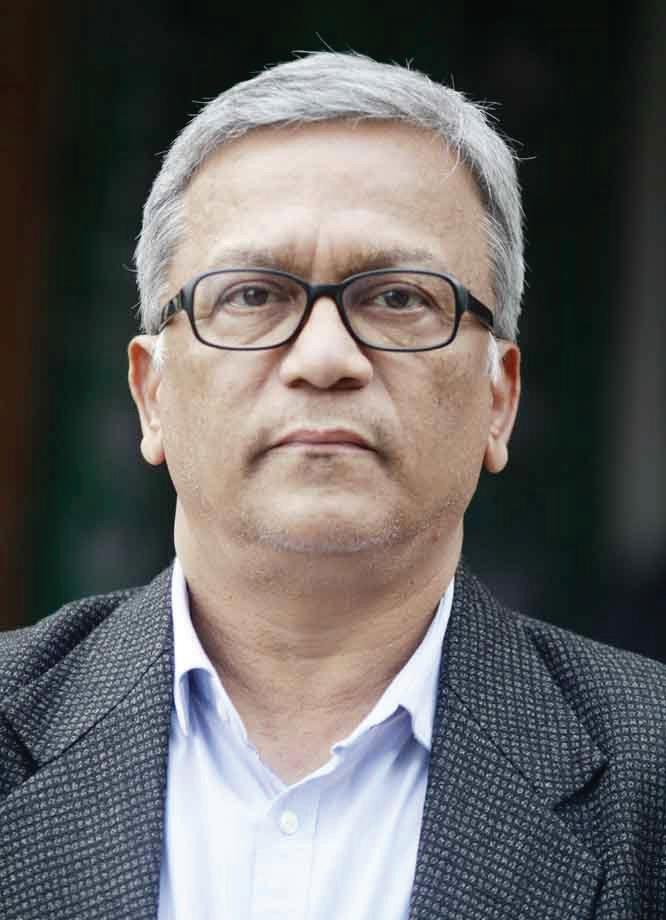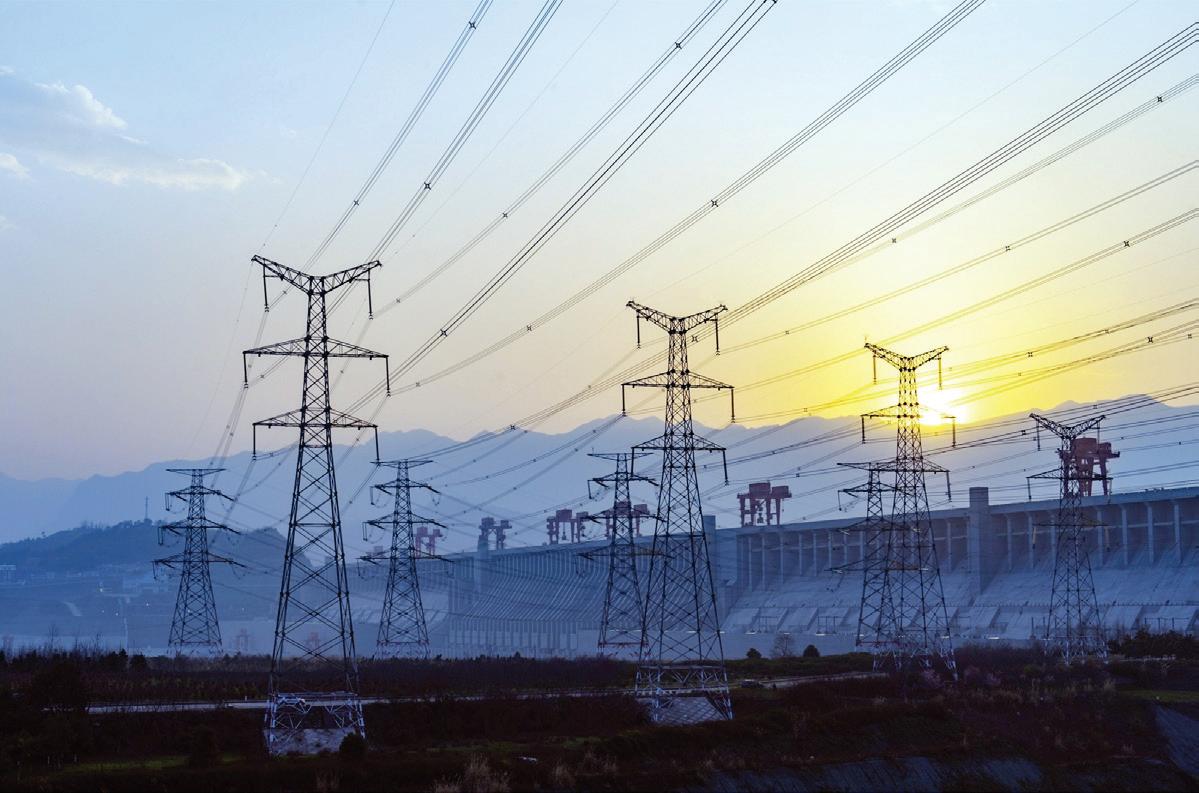INDIA NEWS
Dec 16-31, 2020 - Vol 1, Issue 12
Australia-India poised for a leading role in soon to be normal world
EDITORIAL
The new farm laws and the resultant confusion
I
ndia’s External Affairs Minister Dr Subrahmanyam Jaishankar recently in an interview with a policy thinktank in Australia said that he takes great satisfaction in how the Australia-India bilateral relationship has deepened in the last year and a half. As two cricket playing Commonwealth members both share interests and values and their ties should be independent of their respective relationship with China, he said. However, it is important to point out that much of the intensity in their bilateral engagement in recent months has been driven by Australia’s growing tensions with China over the treatment of Uighur Muslims in Xinjiang, Hong Kong crackdown, alleged foreign interference in Australia’s internal political functioning, tariff wars and impact of Covid-19 pandemic on the one hand, and India’s military tensions with China in Doklam and Ladakh on the other. Undeniably, the world hierarchy has been shaken and so has the capabilities of states relative to each other and their global influence in recent years, as Dr Jaishankar pointed out. The world today is transitioning through global geopolitical and economic restructuring, wherein both sides have championed a rule-based, accountable, transparent and peaceful order. Since 2014, India has seen historic transformations in its democratic, social, economic and cultural mosaic, which earned respect from global powers, including Australia, while disturbing some. Similarly, Australia too has openly resisted China’s overbearing influence in world affairs and criticised Beijing for its autarchic conduct, military muscle flexing in the IndoPacific and punitive business and trade policies, which is admired in India. It will not be an exaggeration to submit that Australia-India ties elevated to Comprehensive Strategic Partnership in June 2020 have reached a historical high and are poised to transform into a significant relationship in the Indo-Pacific. Be it Australia choosing to divert
www.indianews.com.au
Indian External Affairs Minister S. Jaishankar agricultural exports to India from China or the deepening maritime cooperation and the evolution of Quad, both sides have demonstrated a firm resolve to shape the post-Covid order. Australian Senator Simon Birmingham, who led a trade delegation to New Delhi in February, had said, “Australia must look into alternative markets in the European Union and India.” The Department of Foreign Affairs and Trade observes that India’s youthful population and diversified growth trajectory present significant opportunity in education, agriculture energy, resource, tourism, healthcare, financial services and infrastructure among other areas. Both sides have formalised over 20 MoU last June covering some of these areas during the Modi-Morrison virtual summit. Their two-way trade has risen from $13.6 billion to $30.4 billion in 2018, but it is still below their full potential. By 2035, both sides aim to double their bilateral trade and Australia seeks to bring India in its top 5 trading partners (currently 8th). As the two sides deepen their business and trade engagements, they also keep a close eye on the Indo-Pacific. They have spread their bets, quite rightly, and adopted a bilateral, quadrilateral (IndiaAustralia-US-Japan) and trilateral (India-AustraliaIndonesia; and India-AustraliaJapan) approach to shape the regional security architecture. The entry of Australia in the Malabar exercise in November 2020 is testimony to freshthinking that has germinated in New Delhi, Canberra, Washington and Tokyo in recent months. There is no denying that as world economies show some positive trends after months of bloodbath at the hands of the pandemic, and prospects of a vaccine earlier than previously anticipated gain currency, Australia-India must be seen to be leading the global fightback for an order based on mutual trust, transparency, rule and territorial respect. Both must be seated at the high table when world retains normalcy, and not be slack in arriving late.
Recently the Indian government brought in three laws that attempt to provide farmers with the economic freedom to be able to sell whatever they want in whichever part of the country. These laws essentially opened up the prospects of farmers to be able to access private markets outside the Agricultural Produce Management Committee (APMCs) and fetch for a better price. However, there is stiff resistance to these laws for various reasons. To understand how Indian agriculture operates, we must recognise the existence of feudal production relations within Indian agriculture. That is, the large landowner is often also the seller for the fertilizers and seeds, an agent for procurement in the APMCs Indian economist and Director, Global Young Action network Karan Bhasin and often a key political player in the local area. It and 2012. These reforms were interests that have managed to also tends to be the moneylender also championed by several prosper due to a monopsony thereby giving it virtual control farmer groups who incidentally created by the erstwhile policy over critical inputs such as are also protesting against them regime. Consider this, now a capital, seeds and fertilizers, and simply because these groups are farmer will have the right to sell it also plays an important role in affiliated with various political across the country without any determining the price that a small parties. The sheer hypocrisy restrictions – something that we farmer gets at the APMCs. This of these protests cannot be consider as trivial was denied to system results in a deadly cocktail the farmer for many years. Thus, unmissed by ardent watchers and whereby rich farmers have observers of Indian policy and a farmer could use the E-NAM gained, and this gain has come at political space. platform to see the prices across the expense of the small and poor the mandis in the country and Many have also claimed that farmers. decide to sell wherever he can farmers were not consulted maximise his profits. So, the new laws are essentially before these reforms were trying to free the system from undertaken but they ignore the The economic freedom granted these feudal production relations parliamentary committee which by the Indian government to and attempt at establishing a recently submitted its reports farmers came three decades after more organised production advocating for the very same it granted the same to India’s system in the Indian agricultural laws which had representatives manufacturing and services sector. There have been many that sector. The resultant growth of for different political parties have conflated the issue leading including the Congress. both these sectors since 1991 is a many to believe that the bill testament to the critical role of The question thus is that why will do away with the Minimum economic reforms in improving are farmers protesting? Because Support Price (MSPs) but nothing economic prospects and incomes. they have been told that the could be farther from truth as the proposed laws will take away Most countries have granted their government will continue with MSPs and APMCs thereby leaving citizens economic freedom, yet the MSPs as it has stated several them at the mercy of the private every attempt at doing the same times. The new law simply creates sector. However, the law will for Indian farmers since the last an alternative mechanism that bring greater competition into three decades has been opposed will provide farmers with greater the market which will benefit the be special interest groups. This choice with regards to where to farmers and this is very intuitive, is the reason why these reforms sell their produce. yet there has been a deliberate did not happen when the original The issue now is essentially that MSPs-APMCs and private markets will co-exist and thus farmers will have the choice to either sell at APMCs or at private markets. Thus, farmers will pick the market, whether big or small that gives them a better price for their product. This is a reform that at its very core will bring a greater number of buyers into the market thereby enabling farmers to improve their price realisation. The only people who will end up losing in the process are the middle-men and certain vested
facebook.com/indianewsaustralia
economic liberalisation was undertaken despite political parties, academics and leading experts on the subject being well aware of their need.
It is also important to remember that there was a consensus on these reforms as several opposition parties including the Indian National Congress had it in its manifesto to implement the same reforms – in fact, they even suggested repealing the APMCs in early 2019. The United Progress Alliance (UPA) government too held similar views in 2010, 2011
attempt to prevent such a critical economic reform from transforming Indian agriculture.
One hopes that everyone would see through the politically motivated protests and recognise the importance of these laws in liberating our farmers from the extracting shackles of the feudal production relations that have kept them poor for many decades. Karan Bhasin is an Indian economist and Director, Global Young Action network
20
Courtesy_Twitter
Prime Minister Scott Morrison with Indian Prime Minister Narendra Modi
Courtesy_abc.net.au
By Karan Bhasin




















